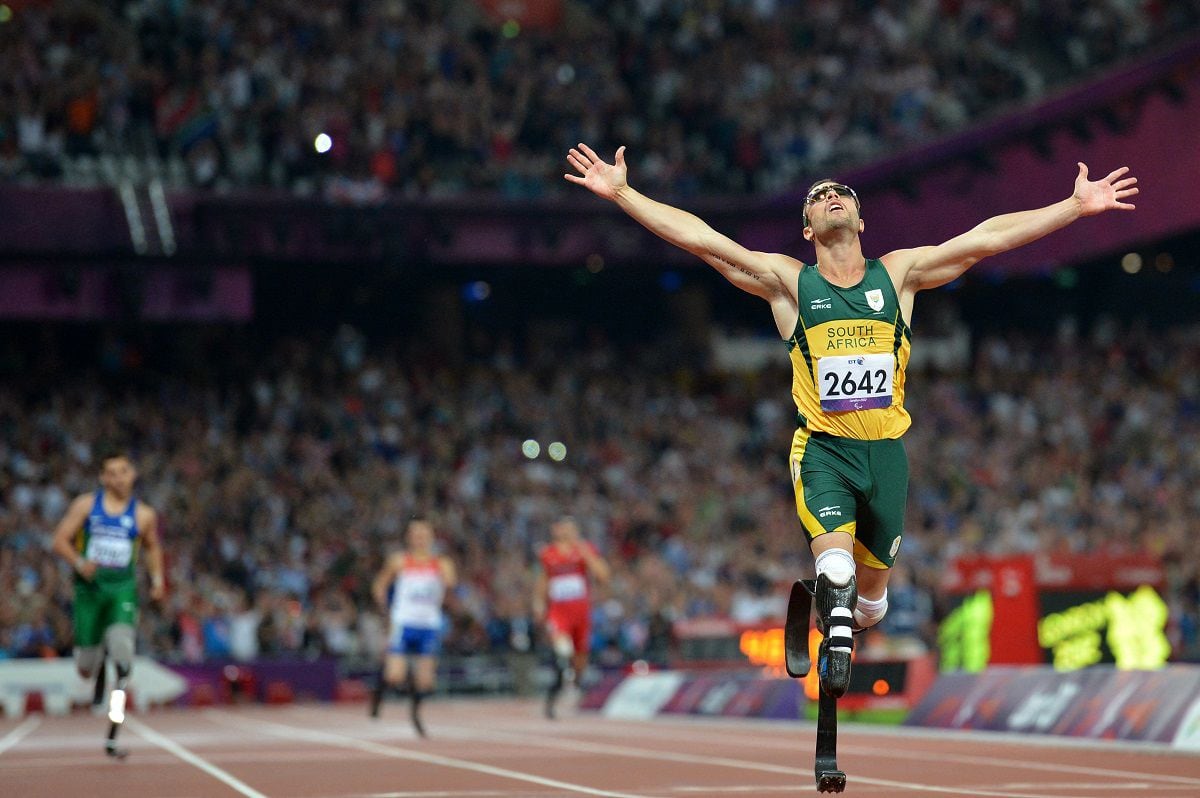FOR Oscar Pistorius 45 seconds and 44 hundredths were enough for him to make history by running the 400 meters at the 2012 London Games, something unprecedented for a double amputee. His life took a turn the following year, when he shot and killed his girlfriend. Reeva Steenkamp.
The 37-year-old South African athlete, convicted of murder, was released from prison on parole this Friday after serving more than half of his sentence and almost eleven years after the case that caught the attention of the whole world.
LOOK HERE: ‘Pistorius’, the documentary, generates scandal due to macabre images | VIDEO
As part of his sentence, Pistorius must undergo anger management therapy and treat his “gender violence problems”.
On the night of February 13, 2013, his hero image was shattered when it was discovered that he had killed in his home in Pretoria for your girlfriend, the model Reeva Steenkamp29 years old.
The athlete fired four shots through the bathroom door, where the young woman was at the time of the events, at three in the morning, claiming that he mistook her for a thief.
Rich and admired, until then brands flocked to sign contracts with this symbol of improvement, known worldwide as ‘blade runner‘, because of the carbon prosthetics he had on both legs.
Your participation in London 2012 Olympic Gamesagainst physically fit athletes, it was the peak of his sporting career and that same year he was proclaimed by the American magazine Time as one of the hundred most influential personalities on the planet.

But the day after the crime, the media machine focused on this case without comparison.
In a process initially broadcast live on television, the fallen idol’s weaknesses are examined. Pistorius appears irritated, at times bordering on paranoia.
Broken and ruined
According to the other image projected by the media, Oscar PistoriusApparently, he is an aggressive man, passionate about speed, a womanizer and, above all, he really likes firearms.
The judicial system has investigated several incidents, such as when he fired by mistake while handling a gun in a restaurant or when, on another occasion, he fired at a car in a fit of rage.
MORE INFORMATION: The US says it does not see “genocide” on the part of Israel after South Africa’s accusation before the UN
The process lasted from March to October 2014. Very emotional, the former athlete burst into tears and vomited several times. He appeared stubborn and repeated that he never intended to kill Reeva Steenkamp.
Destroyed, he apologized to the victim’s parents.
Sentenced in the first instance to five years in prison, at the appeal trial held in June 2016, a defense psychologist described him as “a broken man“, who suffers from a severe syndrome of depression.
“It can be said without hesitation that his fall was terrible“added the specialist.
Abandoned by his sponsors, with no income, Pistorius found himself bankrupt and had to sell his house to pay his lawyers. And the sentence on appeal increased his sentence to 13 years and 5 months in prison.
He only had the support of his family.
Pistorius was born without fibulas on November 22, 1986 in Johannesburg and underwent surgery to amputate it below the knees at 11 months.
He learned to walk with a prosthesis and since he was a child he wanted to compete with able-bodied athletes, trying water polo, cricket and boxing.
SEE TOO: Israel rejects Gaza genocide complaint filed by South Africa before UN court
But his mother’s death when he was 15 was a new trauma. The following year, after a serious knee injury playing rugby, he discovered athletics. Before he turned 18, he won his first world medals in the double-leg amputee category.
Little by little, his results and his ambition led him to ask for admission to competitions for healthy athletes, but this involved a long struggle, on and off the track.
It was in London 2012, where he reached the semi-finals of the 400 meter dash and the final of the 4×400 relay, the peak of a career… that stopped suddenly.
Source: Elcomercio
I am Jack Morton and I work in 24 News Recorder. I mostly cover world news and I have also authored 24 news recorder. I find this work highly interesting and it allows me to keep up with current events happening around the world.

:quality(75)/cloudfront-us-east-1.images.arcpublishing.com/elcomercio/QFUUAH3NXZBUNDKDMN4H3EJVEY.jpg)

:quality(75)/cloudfront-us-east-1.images.arcpublishing.com/elcomercio/FTGVKAAYQNCIBBJYPI6PKBTWUA.jpg)
:quality(75)/cloudfront-us-east-1.images.arcpublishing.com/elcomercio/RS7SRZHIFFEGHHVJ5EVBODG7GE.jpg)
:quality(75)/cloudfront-us-east-1.images.arcpublishing.com/elcomercio/PNGAORCL6VDDXCBVXEPYWODYY4.jpg)
:quality(75)/cloudfront-us-east-1.images.arcpublishing.com/elcomercio/5BWCQCA2UJDOXH6CJR77AJBRXY.png)
